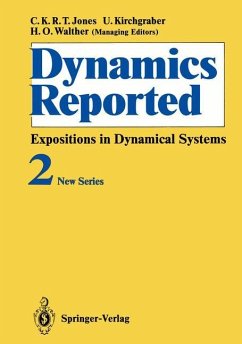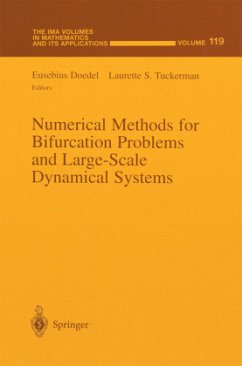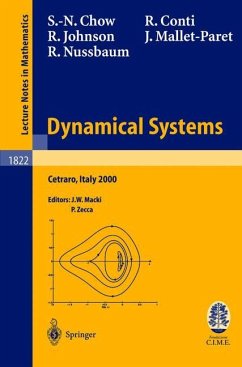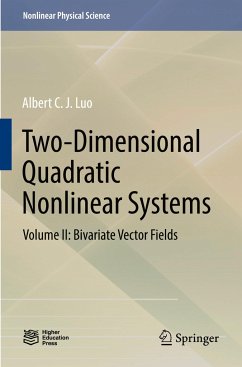
Dynamical Systems
An Introduction with Applications in Economics and Biology

PAYBACK Punkte
28 °P sammeln!
This book - perhaps the only of its kind - gives a comprehensive account of Dynamical Systems in a plain non-technical language which is as rigorous as it can be made at this introductory level. Starting from the first steps of differential equations, on the assumption that readers only have a modest mathematical background, it quickly takes them to nonlinear dynamical systems, linearization theory, limit cycles, Gradient, Lagrangean and Hamiltonian dynamical systems. Apart from a new chapter on Floquet theory, Centre Manifold theorems and Liapunov-Schmidt reduction, this second edition also includes new materials, additional examples, illustrations and applications: almost every chapter has been re-written and enlarged to keep up with rapid advances in this field.
Dieses Buch liefert einen umfassenden Überblick über dynamische Systeme und stellt das Gebiet auf leicht verständliche Weise für Studenten dar.












